Can you picture Jupiter without any observable clouds or haze? It isn’t easy since Jupiter’s latitudinal cloud bands and its Great Red Spot are iconic visual features in our Solar System. Those features are caused by upswelling and descending gas, mostly ammonia. After Saturn’s rings, Jupiter’s cloud forms are probably the most recognizable feature in the Solar System.
Now astronomers with the Center for Astrophysics | Harvard & Smithsonian (CfA) have found a planet similar in mass to Jupiter, but with a cloud-free atmosphere.
These planets are scarce, and astronomers think only about 7% of exoplanets are like this. The discovery allows scientists to study how they form. Without clouds in the way, a clearer view awaits.
The team of astronomers behind the finding published their results in The Astrophysical Journal Letters. The title is “Evidence of a Clear Atmosphere for WASP-62b: The Only Known Transiting Gas Giant in the JWST Continuous Viewing Zone.” Lead author of the study is Munazza Alam, a grad student at the CfA.
WASP-62b is the nearest planet to WASP-62, a main-sequence star almost 600 light-years from Earth. 62b is the only planet in the system. It’s just over half as massive as Jupiter, and orbits WASP-62 in about 4.5 days. It’s about 1.4 times as large as Jupiter. It falls squarely into the category of Hot Jupiters, with an average temperature of about 1330 K (1057 C; 1934 F.)
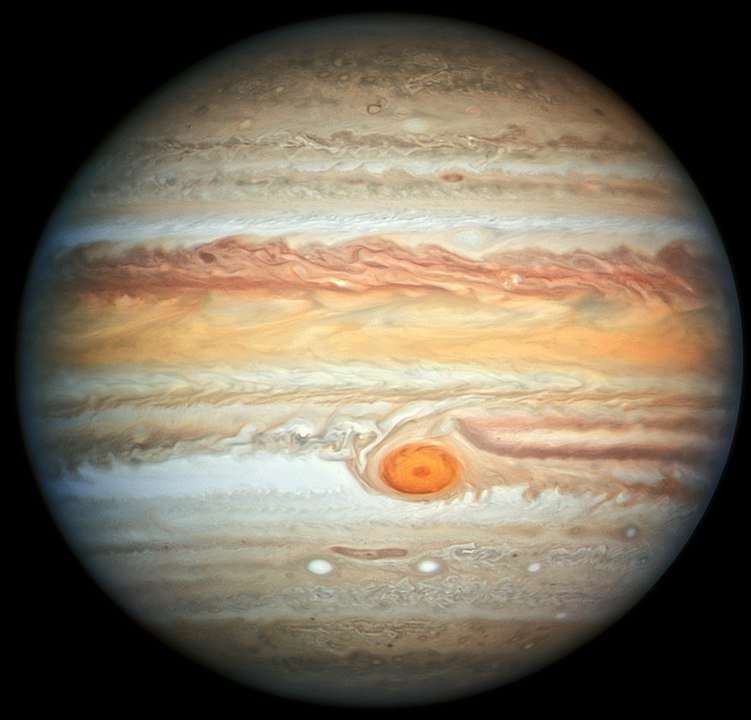
The planet’s temperature, size, and density properties aren’t rare. What’s rare is the cloudlessness of its atmosphere. And the exoplanet’s atmosphere is of special interest to lead author Alam. In a press release, Alam said, “For my thesis, I have been working on exoplanet characterization. I take discovered planets, and I follow up on them to characterize their atmospheres.”
The WASP name comes from the Wide Angle Search for Planets (WASP) South. The planet was first discovered in 2012 and was one of seven Hot Jupiters found at the same time.
WASP-62b was discovered with WASP, but Alam and her colleagues used the Hubble to study it more closely. “I’ll admit that at first, I wasn’t too excited about this planet,” Alam said. “But once I started to take a look at the data, I got excited.”
Using spectroscopy, they watched closely as the planet transited in front of its star three times, looking for potassium and sodium. As the starlight passed through the planet’s atmosphere they identified sodium’s complete spectroscopic signature, but no potassium. The sodium signature told them that the atmosphere was clear.
“This is smoking gun evidence that we are seeing a clear atmosphere,” Alam said.
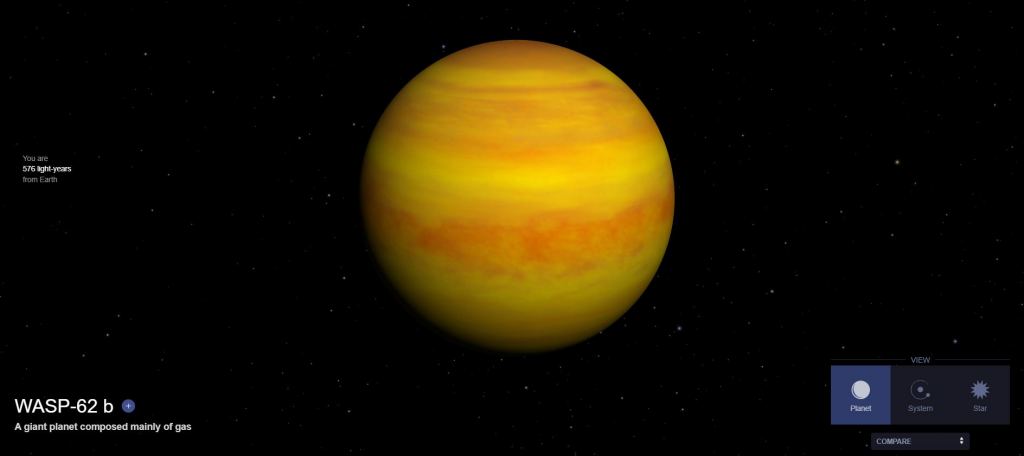
In an email exchange with Universe Today, Alam elaborated on the team’s spectroscopic findings and what they mean.
The focus on potassium and sodium is based on a couple of things. First of all, their spectra are easily observable in optical light. “Sodium and potassium are two species that are readily observable in exoplanet atmosphere observations taken at optical wavelengths, and their presence or absence can help us infer if there are clouds or hazes in an exoplanet’s atmosphere,” Alam said.
Sodium and potassium also play a role in exoplanet atmospheres, though the details aren’t clear. “Sodium and potassium are two elements that play an interesting – yet not well understood – role in the atmospheric physics and chemistry of exoplanets,” Alam explained. She also mentioned that sodium was the first absorption feature identified in an exoplanet’s atmosphere.
The detection of sodium’s complete spectroscopic signature tells astronomers that the atmosphere is clear, even if there’s no way to see the atmosphere. “Clouds in a planet’s atmosphere will mask or obscure parts of the absorption line,” Alam explained. “In the absence of clouds, we can resolve the full sodium signature – which has a tent-like shape with a peak at the core of the absorption feature and broad line wings. For our observations of WASP-62b, this is the second time that we’ve observed the full sodium feature (i.e., with its line wings) in an exoplanet and the first time that we’ve done so from space.”
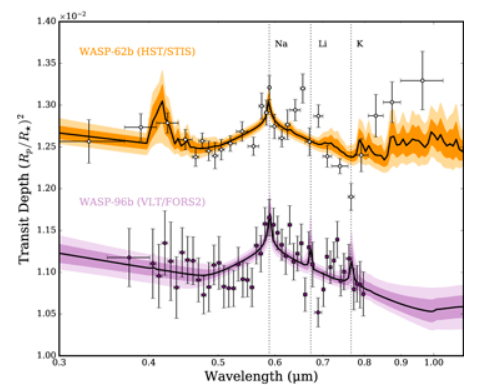
But the complete sodium signature does more than tell us that the exoplanet’s atmosphere is cloud-free. It can help explain how much sodium there is and indicate what other elements are in the atmosphere.
“Not only does it tell us that the atmosphere is clear, it can also help us to constrain really precise abundances (quantities) of sodium – as well as other elements that are present in the planet’s atmosphere,” Alam said. “These abundances are useful for measuring key quantities that can help us trace back the origins and evolution of this planet.”
There’s clearly something different going on when a cloud-free planet forms. Since there are so few of them, astronomers are only at the beginning of studying them. The only other cloud-free exoplanet that we know of is the hot Saturn named WASP-96b, found in 2018.
It’ll be up to the James Webb Space Telescope to examine this exoplanet’s atmosphere more closely. And its clear skies make that prospect even more exciting. The Webb’s advanced observing capabilities mean it should be able to identify even more of the chemical constituents in WASP-62b’s atmosphere.
“In preparation for JWST, identifying targets that are cloud-free/haze-free is important for mobilizing community efforts to observe the best planets for detailed atmospheric follow-up.”
From “Evidence of a Clear Atmosphere for WASP-62b: The Only Known Transiting Gas Giant in the JWST Continuous Viewing Zone.”
Due to JWST’s orientation and position in space, it’ll have two small continuous viewing zones (CVZ). They’re centred on each pole of the ecliptic. Fortune is smiling on Alam and other exoplanet scientists because WASP-62b is in one of Webb’s CVZs.
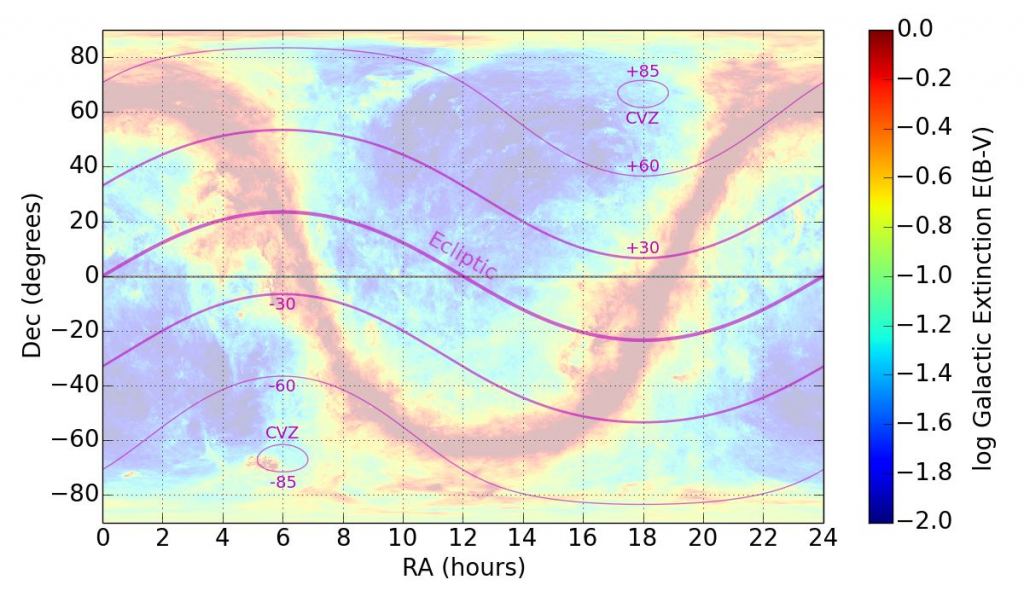
The team of researchers even predicted what the JWST might find in 62b’s atmosphere. In their paper they write “We predict that JWST observations of WASP-62b, within the scope of the ERS program, can conclusively detect Na (12.1?), H2O (35.6?), FeH (22.5?), SiH (6.3?), NH3 (11.1?), CO (8.1?), CO2 (9.7?), and CH4 (3.6?).” They also say that the JWST can offer precise constraints on the abundance of chemicals in the atmosphere.
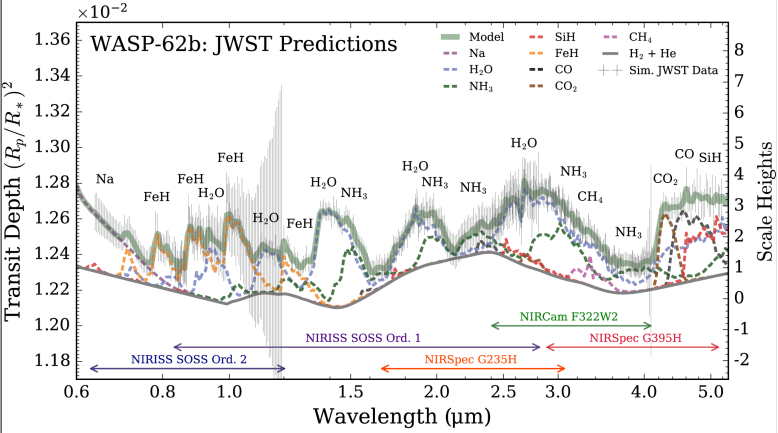
In their conclusion, the authors make their case for follow-up observations of WASP-62b with the JWST.
“In preparation for JWST, identifying targets that are cloud-free/haze-free is important for mobilizing community efforts to observe the best planets for detailed atmospheric follow-up. Although alternative targets have since been put forward, WASP-62 is the only star in the JWST CVZ with a known transiting giant planet that is bright enough for high-quality atmospheric characterization via transit spectroscopy.”
The James Webb Space Telescope is scheduled to launch at the end of October 2021.
More:
- Press Release: Astronomers Discover First Cloudless, Jupiter-Like Planet
- Published Research: Evidence of a Clear Atmosphere for WASP-62b: The Only Known Transiting Gas Giant in the JWST Continuous Viewing Zone
- Universe Today: Extremely Hot Exoplanets Can Have Extreme Weather, Like Clouds of Aluminum Oxide and Titanium Rain


That is self promotion of a pseudoscience article.
“SAP was listed on Beall’s list before the list was taken down in 2017 and is considered to engage in predatory publishing practices.”
[“Category:Scientific & Academic Publishing academic journals” @ Wikipedia]
So you admit that you posted self promotion of a pseudoscience article [“Predatory publishing” @ Wikipedia].
The rest of your comment is of course irrelevant, my reference stands for itself.
[I would ordinary post links, but I didn’t want a readers advice to be held up in moderation. If anyone wants to check it a browser or Wikipedia search function will take you to the source reference.]
? It was a quote. If anything it is you who is claiming that the paper was taken down from the list, not that the list was retracted in 2017. To the extent that you are willing to produce obvious fake quotes right under the original!
“As a result, Beall deactivated his blog and the list in January 2017.
The list was used by scientists to identify exploitative publishers and detect publisher spam.[1][2] The closure of Beall’s List was cited by some as a tragedy,[3] and successors have set out to continue Beall’s work.”
[“Beall’s List” @ Wikipedia]
The Wikipedia article is live and is describing the status of SAP as well as Wikipedia knows it.
I can understand that you don’t know how to identify science publishers.
I’m afraid Torbjorn is correct, sir. This is not a place to be soliciting your own work, especially when it doesn’t meet basic scientific publishing standards and guidelines. Your post will be deleted now.